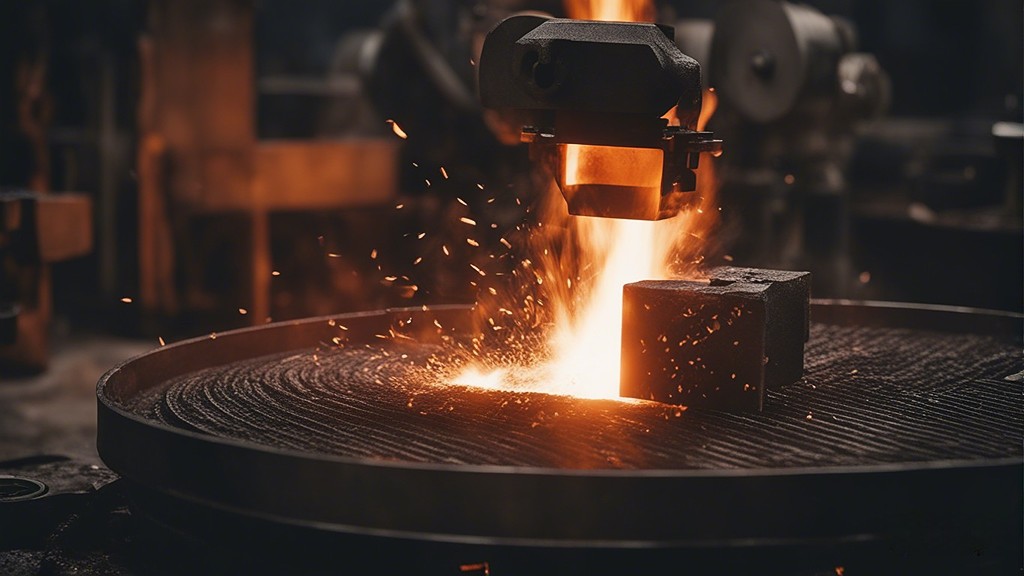
5 Reasons Hot Die Forging Is Still Popular With Machine Users
Hot die forging, a well-established metal manufacturing process, has been employed for centuries to produce metal parts with unparalleled strength and precision. Despite the rapid technological advancements and the introduction of many new manufacturing techniques, hot die forging continues to hold its ground. Here are five reasons why hot die forging remains popular with machine users:
Superior Mechanical Properties:
One of the chief reasons for the continued popularity of hot die forging is the exceptional mechanical properties it confers to the forged parts. The high temperatures involved in the process cause the metal grains to refine and take the shape of the part, enhancing its strength and toughness. This makes forged components more durable and resilient compared to those produced using other methods.
High Dimensional Accuracy:
Hot die forging can achieve close tolerances, reducing the need for post-forging machining. This precision ensures that the parts fit seamlessly into machinery without necessitating further adjustments. For industries where precision is critical, such as aerospace or automotive, this level of accuracy is invaluable.
Economical for Large Production Runs:
While the initial setup cost for forging can be high due to the need for specialized dies, it becomes increasingly cost-effective as production volume increases. This is because the cost per component decreases significantly with higher quantities, making hot die forging an economical choice for large production runs.
Versatility in Materials:
Hot die forging is not limited to a specific metal or alloy. It can be used with a variety of metals, including steel, aluminum, titanium, and various alloys. This versatility allows manufacturers to select the most appropriate material for the desired application, ensuring optimal performance.
Improved Microstructural Characteristics:
The heating and deformation during hot die forging lead to beneficial changes in the microstructure of the metal. This can result in improved resistance to fatigue and increased overall life of the component. For parts that undergo cyclic loading or are critical to the function of a machine, these characteristics are essential.
For all your hot die forging needs, check out this manufacturer for quality and affordable forgings. They have a range of forged machine parts to offer.